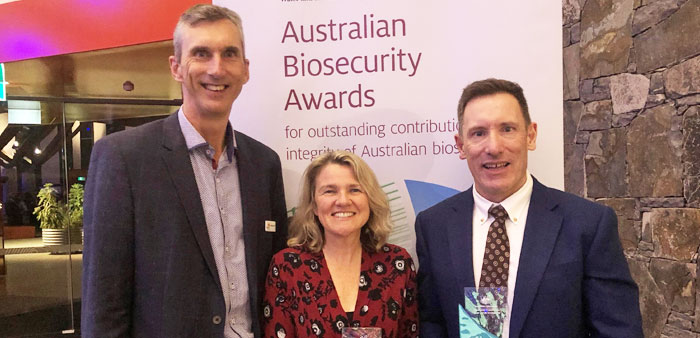
Yellow crazy ant action in Lismore earns 2020 biosecurity gong
Fast action to eradicate yellow crazy ants from Lismore has been recognised at this year’s Australian Biosecurity Awards.

Fast action to eradicate yellow crazy ants from Lismore has been recognised at this year’s Australian Biosecurity Awards.
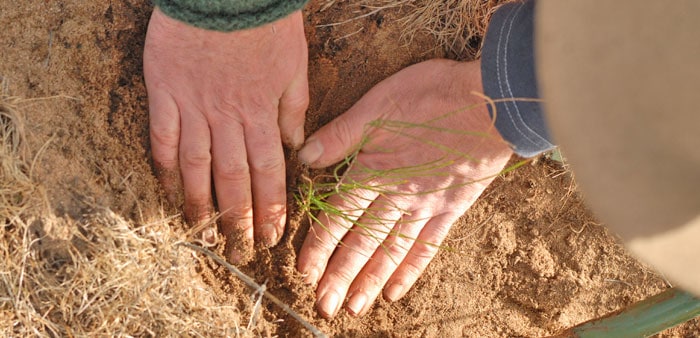
Australia has to be ready to bounce back from the coronavirus pandemic and a jobs-rich conservation and land management program could be just the ticket.
Efforts to save Australian wildlife from the impacts of catastrophic bushfires will fail unless the control of foxes, feral cats, horses and deer are a major part of wildlife disaster recovery plans, the Invasive Species Council warned today.

The red fire ant, one of the world’s worst invasive species, has just been found in the Fremantle port area.
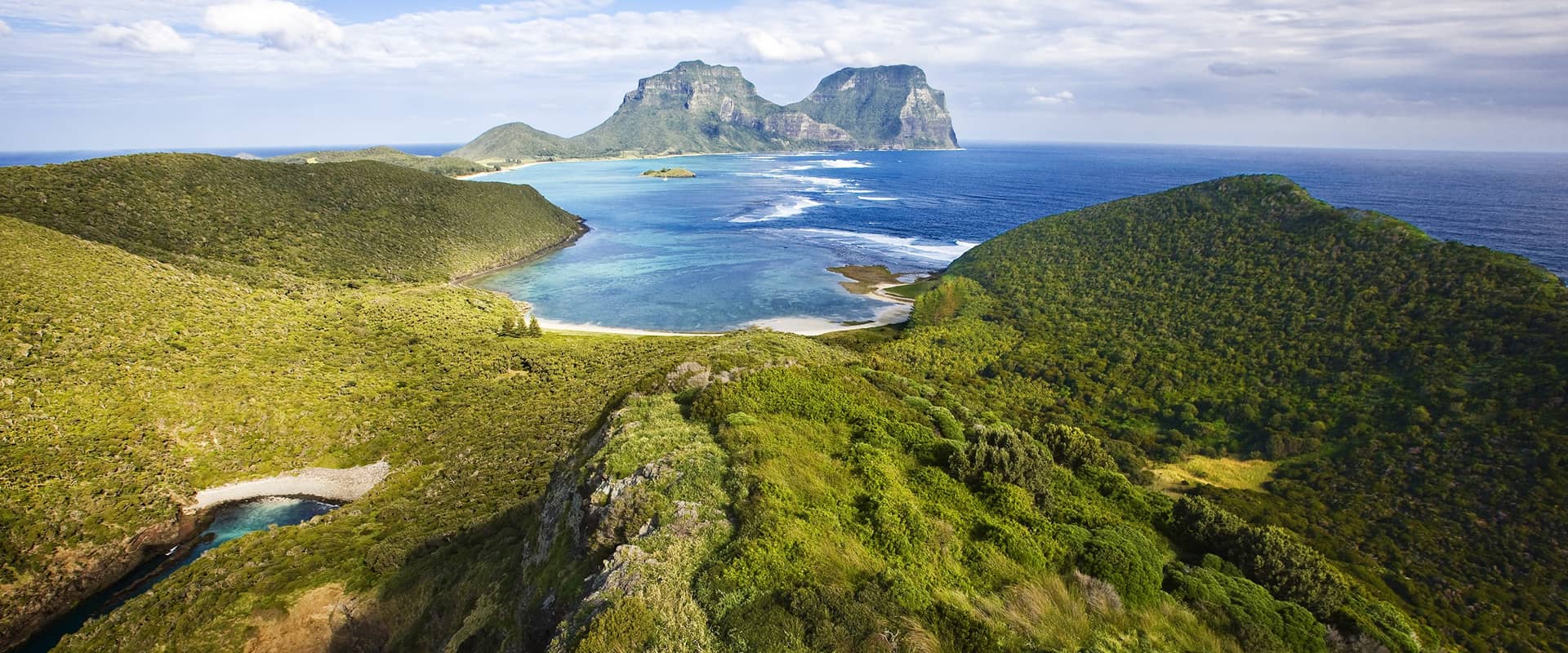
Are you up for a challenging but rewarding volunteer position on Australia’s incredible Lord Howe Island?
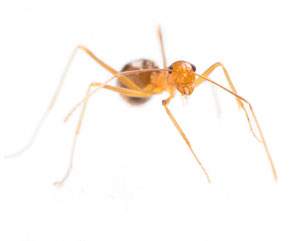
The future of the Wet Tropics Management Authority’s Yellow Crazy Ant Eradication Program has been locked in with the Queensland Government locking in $9 million in funding to the project.

Invasive species are one of the biggest drivers of environmental loss in Australia, and threaten our native animals and plants more than any other single factor.

The feral horse population in Kosciuszko National Park has risen dramatically since all horse control was halted in the park 20 months ago.
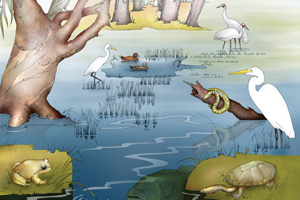
Victoria has released a park plan to protect its fragile river red gum forests and wetlands from feral horses. Have your say by supporting the plan.

Industry, farmers, councils and environment groups have made a desperate plea to the prime minister and Queensland premier not to abandon the yellow crazy ant eradication program.

Given the potential of invasive ants to transform ecosystems and send native species extinct, a national strategy to deal with the threat is vital.

Our first yellow crazy ant field day at Billabong Sanctuary near Townsville proved a huge success.

The Townsville Yellow Crazy Ant Community Taskforce is recruiting locals to join its push to rid Billabong Sanctuary of one of the world’s top 100 worst invasive species.
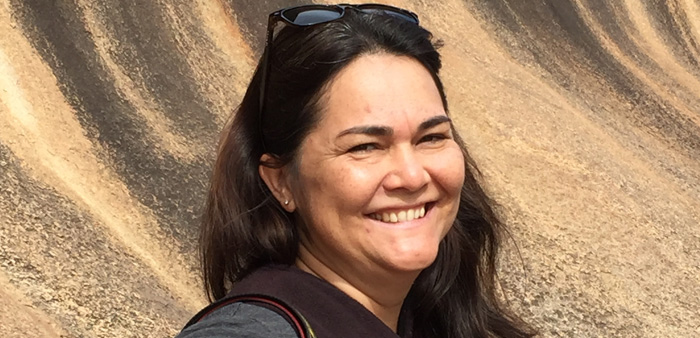
We’ve joined Townsville City Council in the battle against yellow crazy ants in Queensland’s far north. Our new community coordinator Yvette Williams talks about what’s at risk.

The most recent state of Australia’s environment report was tabled in Federal Parliament last year to limited fanfare. For invasive species it paints a grim future.

Fast action to eradicate yellow crazy ants from Lismore has been recognised at this year’s Australian Biosecurity Awards.

Australia has to be ready to bounce back from the coronavirus pandemic and a jobs-rich conservation and land management program could be just the ticket.
Efforts to save Australian wildlife from the impacts of catastrophic bushfires will fail unless the control of foxes, feral cats, horses and deer are a major part of wildlife disaster recovery plans, the Invasive Species Council warned today.

The red fire ant, one of the world’s worst invasive species, has just been found in the Fremantle port area.

Are you up for a challenging but rewarding volunteer position on Australia’s incredible Lord Howe Island?

The future of the Wet Tropics Management Authority’s Yellow Crazy Ant Eradication Program has been locked in with the Queensland Government locking in $9 million in funding to the project.

Invasive species are one of the biggest drivers of environmental loss in Australia, and threaten our native animals and plants more than any other single factor.

The feral horse population in Kosciuszko National Park has risen dramatically since all horse control was halted in the park 20 months ago.

Victoria has released a park plan to protect its fragile river red gum forests and wetlands from feral horses. Have your say by supporting the plan.

Industry, farmers, councils and environment groups have made a desperate plea to the prime minister and Queensland premier not to abandon the yellow crazy ant eradication program.

Given the potential of invasive ants to transform ecosystems and send native species extinct, a national strategy to deal with the threat is vital.

Our first yellow crazy ant field day at Billabong Sanctuary near Townsville proved a huge success.

The Townsville Yellow Crazy Ant Community Taskforce is recruiting locals to join its push to rid Billabong Sanctuary of one of the world’s top 100 worst invasive species.

We’ve joined Townsville City Council in the battle against yellow crazy ants in Queensland’s far north. Our new community coordinator Yvette Williams talks about what’s at risk.

The most recent state of Australia’s environment report was tabled in Federal Parliament last year to limited fanfare. For invasive species it paints a grim future.

Fast action to eradicate yellow crazy ants from Lismore has been recognised at this year’s Australian Biosecurity Awards.

Australia has to be ready to bounce back from the coronavirus pandemic and a jobs-rich conservation and land management program could be just the ticket.
Efforts to save Australian wildlife from the impacts of catastrophic bushfires will fail unless the control of foxes, feral cats, horses and deer are a major part of wildlife disaster recovery plans, the Invasive Species Council warned today.

The red fire ant, one of the world’s worst invasive species, has just been found in the Fremantle port area.

Are you up for a challenging but rewarding volunteer position on Australia’s incredible Lord Howe Island?

The future of the Wet Tropics Management Authority’s Yellow Crazy Ant Eradication Program has been locked in with the Queensland Government locking in $9 million in funding to the project.

Invasive species are one of the biggest drivers of environmental loss in Australia, and threaten our native animals and plants more than any other single factor.

The feral horse population in Kosciuszko National Park has risen dramatically since all horse control was halted in the park 20 months ago.

Victoria has released a park plan to protect its fragile river red gum forests and wetlands from feral horses. Have your say by supporting the plan.

Industry, farmers, councils and environment groups have made a desperate plea to the prime minister and Queensland premier not to abandon the yellow crazy ant eradication program.

Given the potential of invasive ants to transform ecosystems and send native species extinct, a national strategy to deal with the threat is vital.

Our first yellow crazy ant field day at Billabong Sanctuary near Townsville proved a huge success.

The Townsville Yellow Crazy Ant Community Taskforce is recruiting locals to join its push to rid Billabong Sanctuary of one of the world’s top 100 worst invasive species.

We’ve joined Townsville City Council in the battle against yellow crazy ants in Queensland’s far north. Our new community coordinator Yvette Williams talks about what’s at risk.

The most recent state of Australia’s environment report was tabled in Federal Parliament last year to limited fanfare. For invasive species it paints a grim future.
Get our blog the Feral Herald delivered to your inbox.
Our protected areas are being trashed, trampled, choked and polluted by an onslaught of invaders. Invasive species are already the overwhelming driver of our animal extinction rate, and are expected to cause 75 of the next 100 extinctions.
But you can help to turn this around and create a wildlife revival in Australia.
From numbats to night parrots, a tax-deductible donation today can help defend our wildlife against the threat of invasive weeds, predators, and diseases.
As the only national advocacy environment group dedicated to stopping this mega threat, your gift will make a big difference.
A silent crisis is unfolding across Australia. Every year, billions of native animals are hunted and killed by cats and foxes. Fire ants continue to spread and threaten human health. And the deadly strain of bird flu looms on the horizon. Your donation today will be used to put the invasive species threat in the media, make invasive species a government priority, ensure governments take rapid action to protect nature and our remarkable native wildlife from invasives-led extinction, death and destruction.
If you are having trouble submitting a form, please read this guide.
Please fill out the following form and one of our team will be in contact to assist as soon as possible. Please make sure to include any helpful information, such as the device you were using (computer, tablet or mobile phone) and if known, your browser (Mozilla Firefox, Chrome, Safari etc)
"*" indicates required fields
Dear Project Team,
[YOUR PERSONALISED MESSAGE WILL APPEAR HERE.]
I support the amendment to the Kosciuszko National Park Wild Horse Heritage Management Plan to allow our incredible National Parks staff to use aerial shooting as one method to rapidly reduce feral horse numbers. I want to see feral horse numbers urgently reduced in order to save the national park and our native wildlife that live there.
The current approach is not solving the problem. Feral horse numbers have rapidly increased in Kosciuszko National Park to around 18,000, a 30% jump in just the past 2 years. With the population so high, thousands of feral horses need to be removed annually to reduce numbers and stop our National Park becoming a horse paddock. Aerial shooting, undertaken humanely and safely by professionals using standard protocols, is the only way this can happen.
The government’s own management plan for feral horses states that ‘if undertaken in accordance with best practice, aerial shooting can have the lowest negative animal welfare impacts of all lethal control methods’.
This humane and effective practice is already used across Australia to manage hundreds of thousands of feral animals like horses, deer, pigs, and goats.
Trapping and rehoming of feral horses has been used in Kosciuszko National Park for well over a decade but has consistently failed to reduce the population, has delayed meaningful action and is expensive. There are too many feral horses in the Alps and not enough demand for rehoming for it to be relied upon for the reduction of the population.
Fertility control as a management tool is only effective for a small, geographically isolated, and accessible population of feral horses where the management outcome sought is to maintain the population at its current size. It is not a viable option to reduce the large and growing feral horse population in the vast and rugged terrain of Kosciuszko National Park.
Feral horses are trashing and trampling our sensitive alpine ecosystems and streams, causing the decline and extinction of native animals. The federal government’s Threatened Species Scientific Committee has stated that feral horses ‘may be the crucial factor that causes final extinction’ for 12 alpine species.
I recognise the sad reality that urgent and humane measures are necessary to urgently remove the horses or they will destroy the Snowies and the native wildlife that call the mountains home. I support a healthy national park where native species like the Corroboree Frog and Mountain Pygmy Possum can thrive.
Dear Project Team,
[YOUR PERSONALISED MESSAGE WILL APPEAR HERE.]
I support the amendment to the Kosciuszko National Park Wild Horse Heritage Management Plan to allow our incredible National Parks staff to use aerial shooting as one method to rapidly reduce feral horse numbers. I want to see feral horse numbers urgently reduced in order to save the national park and our native wildlife that live there.
The current approach is not solving the problem. Feral horse numbers have rapidly increased in Kosciuszko National Park to around 18,000, a 30% jump in just the past 2 years. With the population so high, thousands of feral horses need to be removed annually to reduce numbers and stop our National Park becoming a horse paddock. Aerial shooting, undertaken humanely and safely by professionals using standard protocols, is the only way this can happen.
The government’s own management plan for feral horses states that ‘if undertaken in accordance with best practice, aerial shooting can have the lowest negative animal welfare impacts of all lethal control methods’.
This humane and effective practice is already used across Australia to manage hundreds of thousands of feral animals like horses, deer, pigs, and goats.
Trapping and rehoming of feral horses has been used in Kosciuszko National Park for well over a decade but has consistently failed to reduce the population, has delayed meaningful action and is expensive. There are too many feral horses in the Alps and not enough demand for rehoming for it to be relied upon for the reduction of the population.
Fertility control as a management tool is only effective for a small, geographically isolated, and accessible population of feral horses where the management outcome sought is to maintain the population at its current size. It is not a viable option to reduce the large and growing feral horse population in the vast and rugged terrain of Kosciuszko National Park.
Feral horses are trashing and trampling our sensitive alpine ecosystems and streams, causing the decline and extinction of native animals. The federal government’s Threatened Species Scientific Committee has stated that feral horses ‘may be the crucial factor that causes final extinction’ for 12 alpine species.
I recognise the sad reality that urgent and humane measures are necessary to urgently remove the horses or they will destroy the Snowies and the native wildlife that call the mountains home. I support a healthy national park where native species like the Corroboree Frog and Mountain Pygmy Possum can thrive.